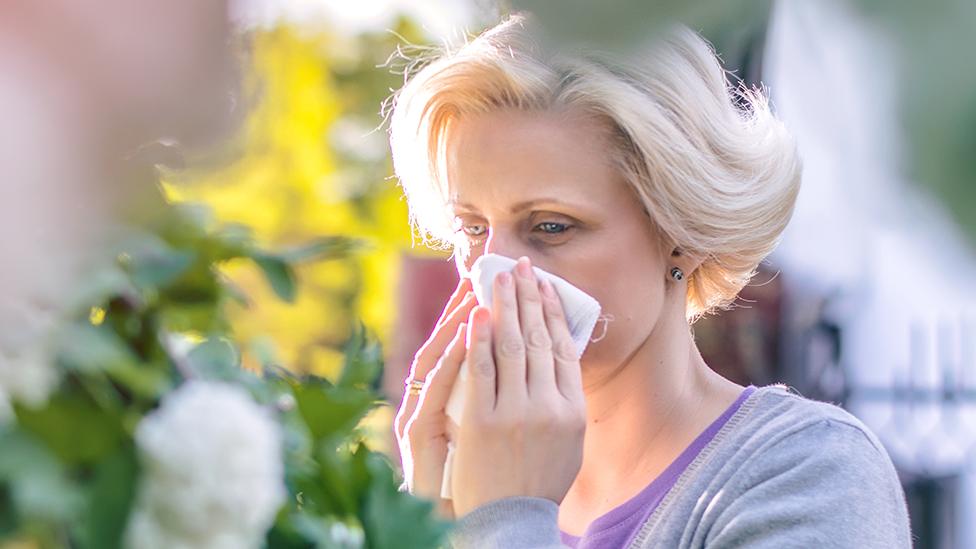New sensor to measure pollen count in real time

Pollen counts are normally done by identifying samples with a microscope
- Published
Summer sees many people watching the weather forecast hoping for sun but some study another kind of forecast even more closely - pollen.
As well as the miseries of hay fever, pollen can trigger serious lung disorders like asthma.
Until recently the pollen forecast relied on time consuming microscope studies of air samples, delaying important information by around 24 hours.
Now a new real-time pollen analyser which has been installed in Leicester and joins two others in in England, could revolutionise this potentially life saving data.
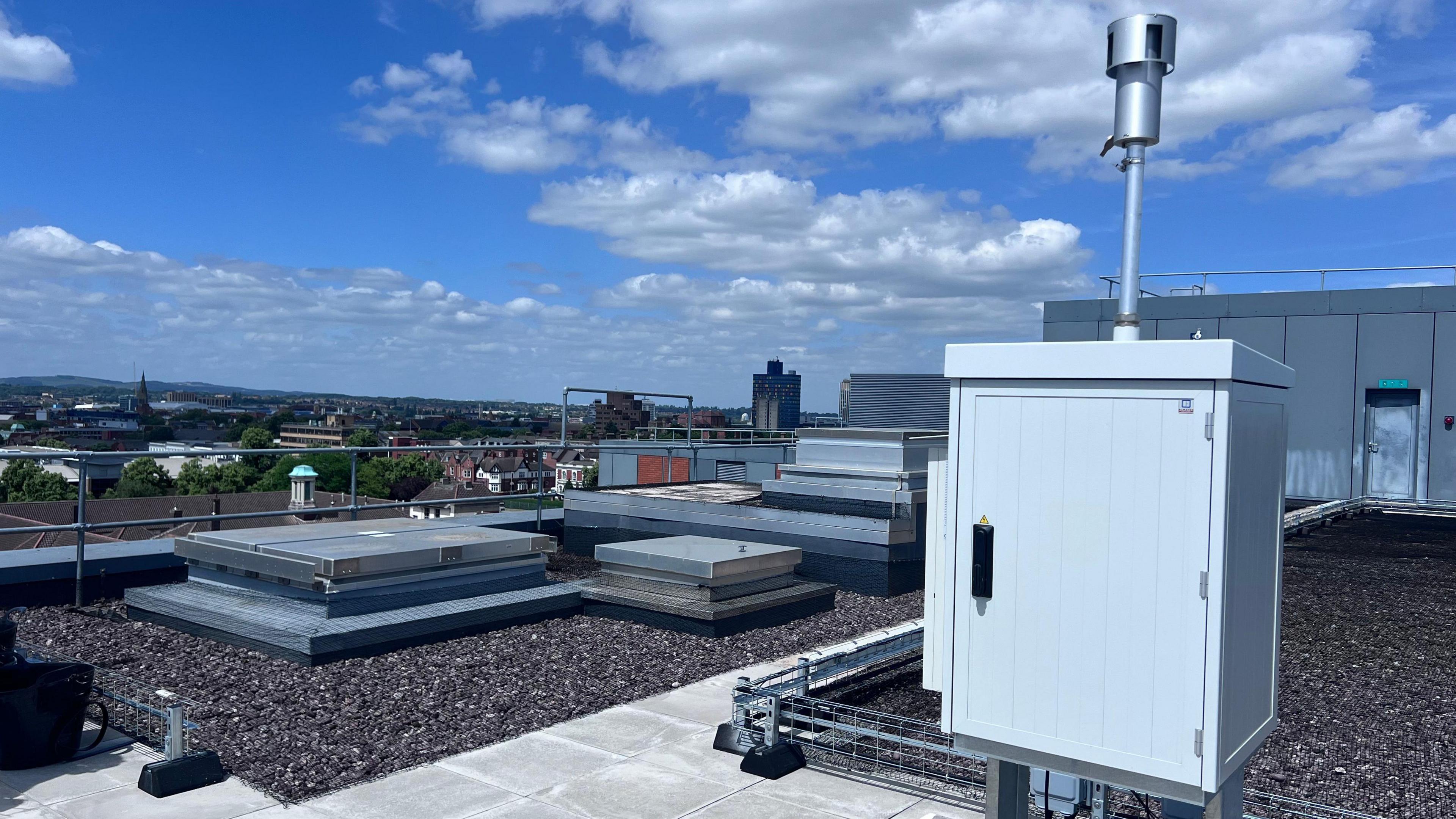
The new machine uses UV light to quickly analyse air sampled from the atmosphere
The device - a Swisens Poleno Jupiter - samples high volumes of air to detect particles as small as 0.5 micrometres, half the size of typical bacteria.
It uses polarised and UV light to analyse each particle’s optical, geometrical and physical properties almost instantly.
The University of Birmingham, which installed the first machine in England, said the UK has one of the highest global rates of diagnosed asthma, affecting around 10% of adults.
There are 5.3 million asthmatics in the UK and someone suffers a potentially fatal asthma attack every 10 seconds, with over 1400 fatalities recorded each year.
Manchester has also set up a Jupiter, joined recently by Leicester.

Dr Fiona Symon said she got pollen data as soon as she turned her computer on
Dr Fiona Symon, experimental officer in Leicester's Department of Respiratory Sciences, said it had made a "massive difference".
“I think the big change is that we can get real time data. I can come in in the morning, switch on my computer and see what the pollen is doing.
“If I was doing it the old way it takes me – depending on how high the pollen count is – almost a couple of hours to tell you what it did yesterday," she said.
This has meant minute-by-minute information giving insight into when the pollen risk is highest.

Professor Anna Hansell said climate change was leading to more pollen being released
Dr Symon said: “So what we have seen is there has been a small peak in the morning, then pollen has tailed off and then really ramped up, gone really high in the evening.
“What we didn’t realise is that this continues into the night.
"So we have seen grass pollen levels high enough to cause symptoms, continuing overnight which we weren’t aware of because the old method just didn’t allow us to track that.”
And along with daily data, external, the Jupiter gives information on longer term trends.
Professor of environmental epidemiology, Anna Hansell, said Leicester had 50 years of atmospheric data to inform new readings
"It has been getting warmer over that period.
“The pollen seasons are starting earlier and they are going on for longer, so people are being exposed to pollen for longer and are getting hay fever for longer.
“We are seeing some really high peaks when you get warmer weather like in the past couple of weeks.
“Our pollen forecasts are based on the current levels and the weather but as the weather changes we are going to have to change those models.
“We have some suggestions that plants might not keep producing more and more pollen, they might just get to a level and stop and adjust to climate change, so we will have to keep a really close eye on that because that will affect how we forecast.”

Charity Asthma + Lung UK said real time pollen readings could help protect the vulnerable
The UK Health Security Agency is currently setting up a fourth Jupiter at its base in Chilton, Oxfordshire.
Emma Rubach, head of health advice at charity Asthma + Lung UK, said: “Rising pollen levels can make summer a worrying time for people with lung conditions like asthma and chronic obstructive pulmonary disease (COPD).
"It can worsen symptoms or lead to a potentially life-threatening asthma attack or COPD flare-up.
"When pollen particles are breathed in, they can cause inflammation in the airways and get into the lungs, making it harder for people with lung conditions to breathe, which can be terrifying.
“Tracking real-time pollen levels using this new pollen monitor could be a really useful tool to help people know when they need to take extra care and precautions to stay safe."
Follow BBC Leicester on Facebook, external, on X, external, or on Instagram, external. Send your story ideas to eastmidsnews@bbc.co.uk, external or via WhatsApp, external on 0808 100 2210.
Related topics
- Published28 May 2024

- Published24 April 2024
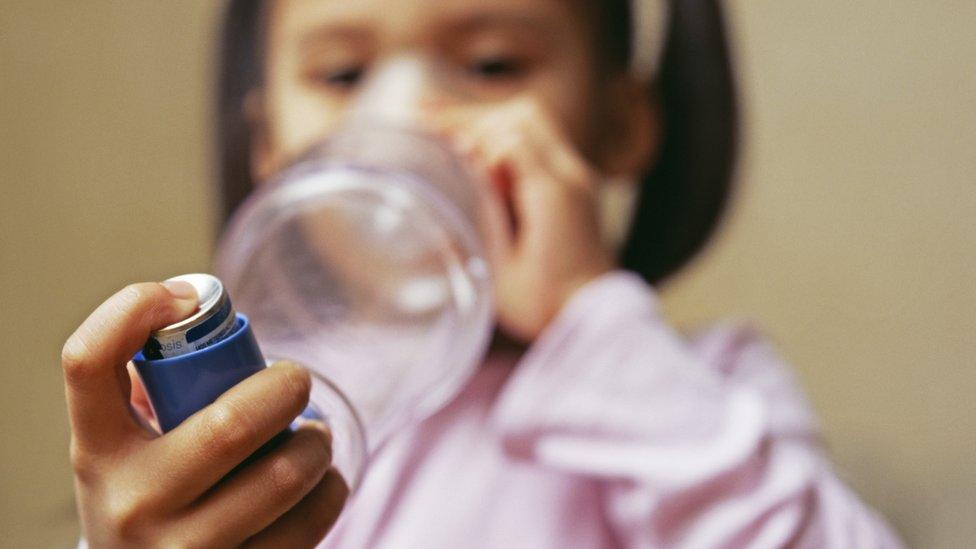
- Published16 May 2024
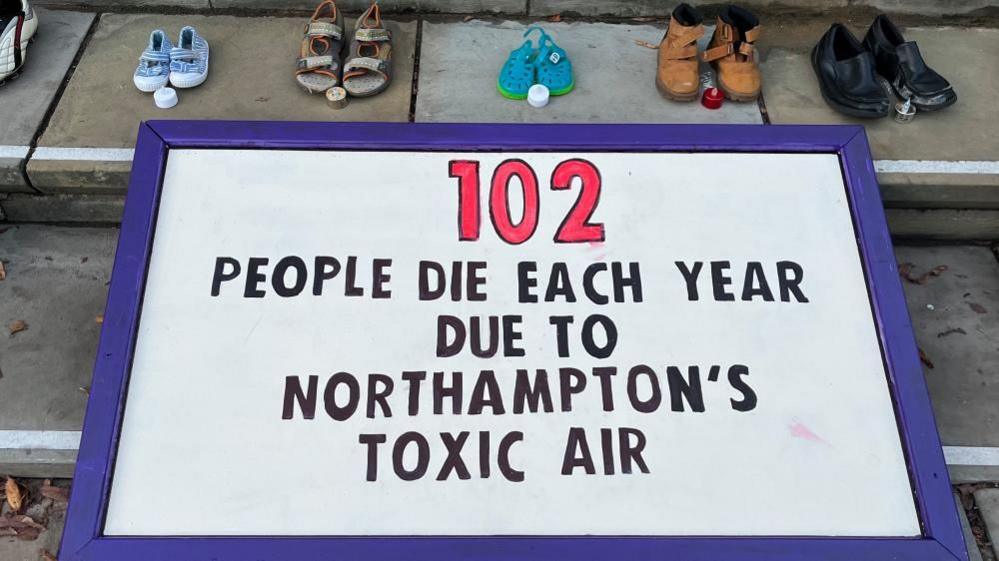
- Published2 November 2023
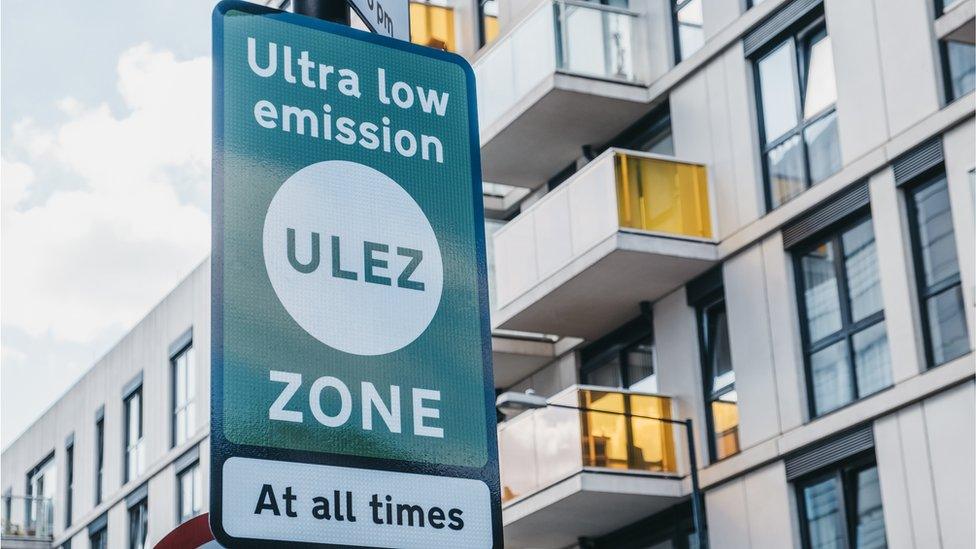
- Published13 June 2023
